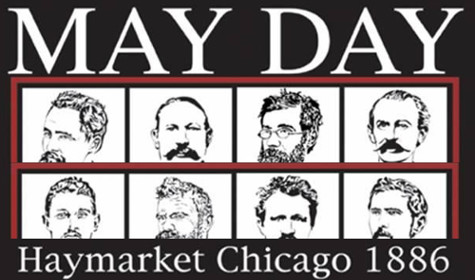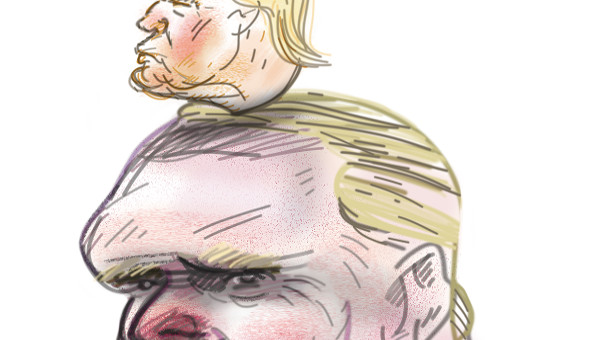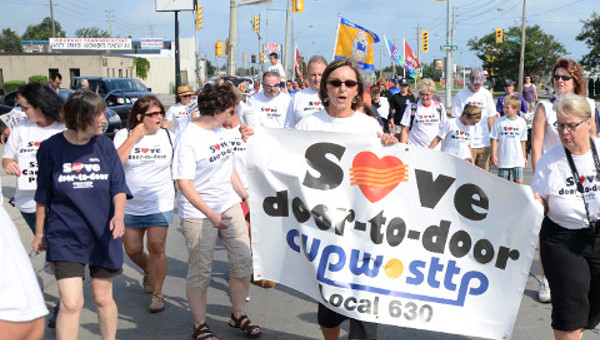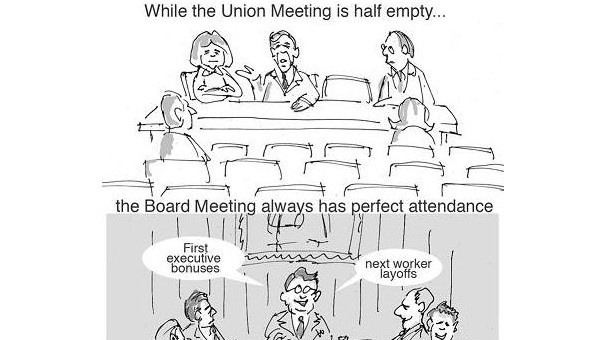Reviving the Labour Movement Through Reviving Class Solidarity
LABOUR DAY SEPTEMBER 2007
As Canada and Ontario’s labour movement marches in this year’s Labour Day Parade it does so with something to celebrate: an increase in the provincial minimum wage. That victory, all the more significant for victories being so rare in recent times, was partial – amongst other things it is only being phased in over three years – but all victories for working people are partial. Why this achievement merits special celebration is that:
- It materially matters for hundreds of thousands of workers.
- It demonstrated the exciting possibilities of creating spaces through which immigrant workers and youth could express their frustrations and mobilize to improve their conditions.
- It opened a new door through which the unionized labour movement – in various stages of crisis since the Days of Action – might be revived: supporting the struggles of non-union workers because it is both the morally right thing to do and because it contributes to uniting and building the working class as a potential social force agent.
What Next?
That victory poses a number of questions. First what will the labour movement now do to build on this momentum? One option is to move on to fight for improvements in other standards (such as paid time off). Another is to raise the ante and get unionization itself more clearly on the agenda. New minimum standards are themselves an opportunity to do so because in many cases, these minimum standards are not enforced. And so there is a powerful opening for the need for a union just to get what the law allegedly guarantees you. A further campaign might be to take on the ‘temp agencies’ – parasites that live off the back of workers – and restore this function to public agencies providing a social service.
Second, having experienced the potentials of collective action at the community level, how can the labour movement strengthen these capacities? One step is internal: if we really want to make some organizing breakthroughs, we will have to overcome our sectionalism (divisions over who ‘gets’ new members) and develop an effective degree of cooperation that puts workers and the movement first. Another is external to formal unionism: there are groups like the Workers Action Center in Toronto that currently provide services to non-union workers (and have been long-time activists in the struggle for raising the minimum wage); they should be encouraged and supported in expanding their work.
What about the people on welfare?
A third question relates to the shameful conditions of those members of the working class who, for various reasons, are currently not in the workforce or only marginally attached and who consequently depend on welfare. Welfare rates are today 40% lower in purchasing power than they were when the Conservative government launched its own version of the ‘War on Poverty’ in the mid-90s (and they were hardly overgenerous before then). This too must be of fundamental concern to all working people simply because of the injustice it exposes in how we treat those with disabilities, single mothers trying to raise a family on their own (poverty rates are stunningly higher for women and 280,000 Ontario children live in families who rely on social assistance), and workers who have been laid off (such as those now benefiting from the higher minimum wage but at risk of not getting full-year employment or seeing rising housing prices and the lack of affordable housing eroding any gain they thought they made). Furthermore, the low standards brought on by unemployment represent pressures to stay at any job, no matter how poor the pay and conditions and no matter how sick you might be. And this can’t help but increase pressures on standards for other workers.
A coalition of anti-poverty and related groups is planning a protest this fall (September 26) to profile their plight as the Ontario election takes place. Their goal is to ‘raise the rates’ (bring the $10 minimum wage forward and return welfare and disability rates to their former levels with a 40% increase), build affordable and accessible housing, and access without fear to government services for non-status immigrants. This coalition – Toronto Anti-Poverty (TAP) – is committed to continuing that struggle after the election. For organized labour, the question is where do we stand? Will we identify the fight against poverty as not just a matter of charity, but a dimension of solidarity against all the manifestations of exploitation and injustice working people experience?
We Have No Alternative
It is crucial, in all our struggles, to recognize that we are not simply fighting against ‘bad policies’, but something deeper. Governments seem to have concluded that capitalism in its present phase can only reach and maintain the profits it needs by:
a) limiting ‘diversions’ to those not in the labour market and therefore not contributing to profits; and
b) keeping those in the labour market insecure and fragmented from each other – insecure about their jobs, increasingly cut off from essential services, and struggling to survive on their own rather than collectively.
This will not be fundamentally changed unless we can mobilize in a way that scares them the way they have worked so hard to scare us. Real change will only come if we reject their cramped and debilitating vision of what is possible and develop the solidarity, structures and capacities to move towards an alternative vision. Their own mantra of ‘there is no alternative’ within capitalism is essentially an admission that capitalism has itself become a barrier to human progress and that we ‘have no alternative’ but to challenge capitalism itself. •





